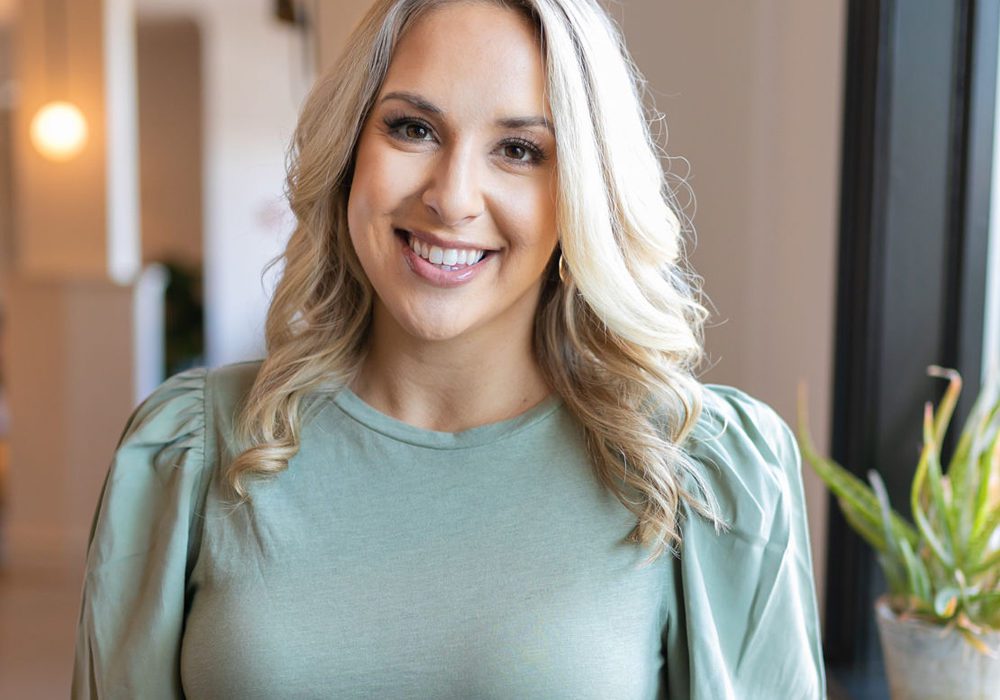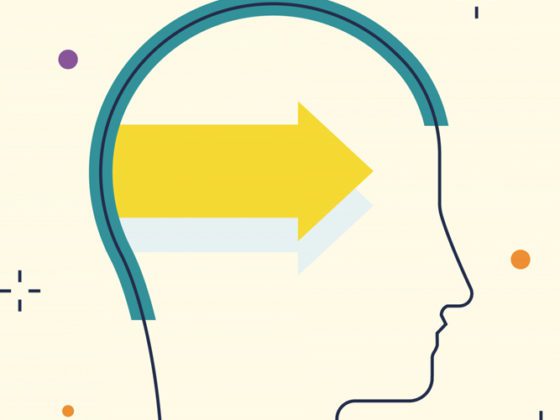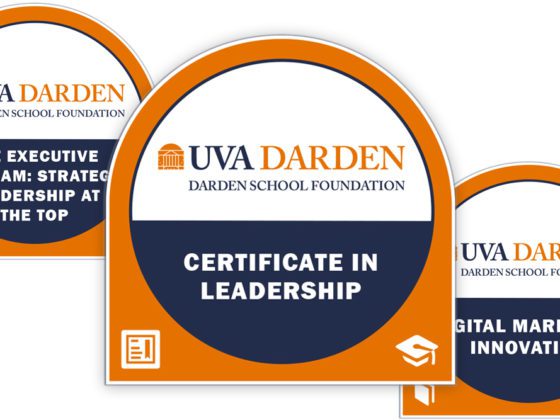Sydney Chakalos started her career in human capital consulting at Deloitte before holding marketing, recruiting and communications roles at the University of Virginia’s Darden School of Business and McIntire School of Commerce. In 2017, during her time at Darden, she learned about Darden Executive Education & Lifelong Learning’s noncredit Certificate in Design Thinking. Since completing the certificate program, Sydney has launched her own marketing business, Marathon Marketing & Branding, serving small business owners. The concepts and processes that she learned proved to be invaluable as she launched her business last year and have taught her to shift her mindset to view ‘failure’ as a learning opportunity. Read more about her experience.
Why did you choose Darden’s Design Thinking Certificate program?
I first learned about design thinking in my graduate business school program and was exposed to design thinking concepts during my time in consulting. However, I never received formal or in-depth training on design thinking and how to apply it effectively.
When I transitioned to higher education and started working at Darden in 2017, I learned about Darden’s Certificate in Design Thinking. Continuing education has always been something important to me and I knew the incredible caliber of Darden’s faculty. I loved that the program would give me the opportunity to finally go in-depth into a topic I was very interested in, and after learning about Professor Jeanne Liedtka’s impressive background in design thinking, I knew I wanted to learn from her.
I was hoping to gain hands-on design thinking experience and I loved that the program focused on applying the design thinking concepts that were being taught. This program was not one where you just fill up a notebook with notes and never do anything with it. I was also drawn to the program because it was self-paced. At the time, I was commuting about one hour each way to work, we were preparing to move, and I was worried I would fall behind in the content. However, there was a lot of flexibility and ample time given to complete modules and assignments.
What were specific insights you gained from the program?
One big takeaway I learned is that you do not need to consider yourself a creative person to innovate. The design thinking process is very methodical. Innovation starts with knowing your stakeholders inside and out and asking the right questions and the program taught me how to do that.
I also learned to view failure differently and stop fearing it. There are going to be times when an idea does not work like you thought it would. Instead of viewing it as a failure, design thinking has taught me to treat it as a learning opportunity. This mindset has been a game changer for my business because when something doesn’t go how I envisioned it going – I reflect, tweak, and try again.
Did you workshop your own project/challenge? What was that process like?
I met with my manager, who was supportive of me pursuing the certificate, and we talked through some of the challenges that our team was facing. We decided on a specific challenge that I would focus on, and I communicated that to the entire team as well in a staff meeting because it was important to also get their buy in. As I went through the different steps of the design thinking process, my team got involved as well. They read answers from stakeholder interviews, provided feedback on questions that would guide brainstorming sessions and participated in the creative brainstorming process. As a result, there were a lot of great ideas generated that would be simple to test and better serve our students.
What insights/processes do you still use today for your business?
I relied heavily on the design thinking process as I was setting my business up. I used design thinking to create personas and design my service offerings. I went full time with my business about one month before the pandemic hit. When the pandemic hit, many small business owners couldn’t afford to continue paying their marketing agencies and were taking on marketing tasks themselves. After many conversations, I realized they were struggling particularly with content creation. I used the data I gathered to create a course on content creation for them and my students gave me overwhelmingly positive feedback about how it helped to get them out of their content creation rut. Today, I continue to use design thinking to identify new ways to serve my personas.
Any other memorable experiences you would want to share?
I remember feeling supported and that there was still a community even though all the courses in the certificate were online. Through the discussion boards, I had peers provide feedback on assignments, which were based on what I was implementing from the course. If I had questions or felt stuck, I also would get responses very quickly from the program mentors. I would highly recommend this certificate program to anyone who is facing a complex challenge and is looking for a proven process that will help them solve it. You’ll also be able to repeat and apply the design thinking process to other problems your organization may face in the future.
Learn more about the self-paced, online, noncredit Certificate in Design Thinking and how it may help you reach your career or organizational goals.




